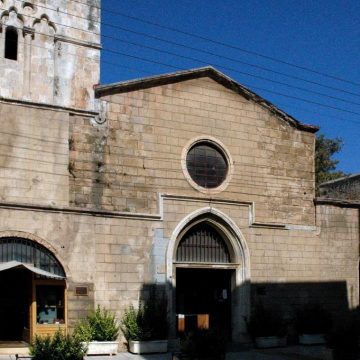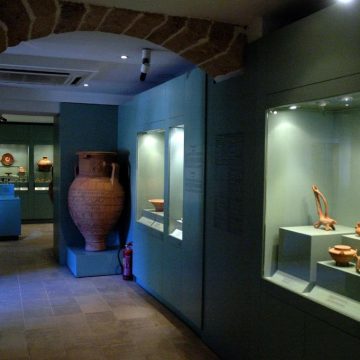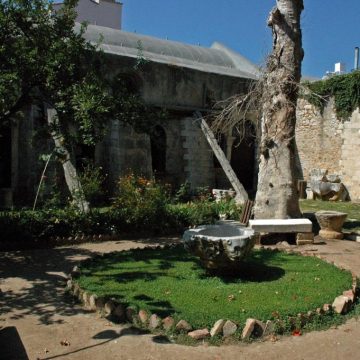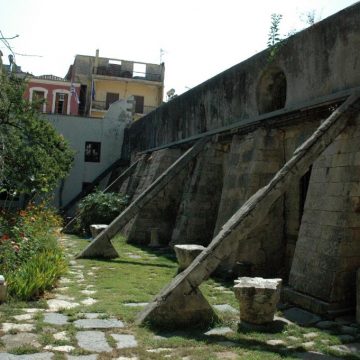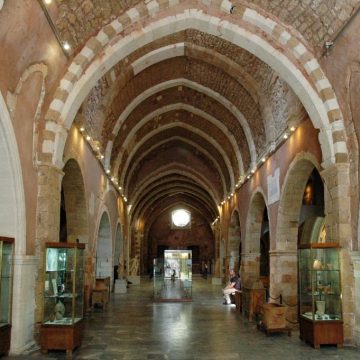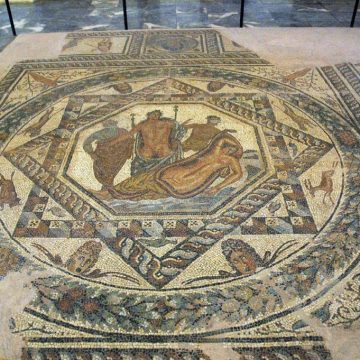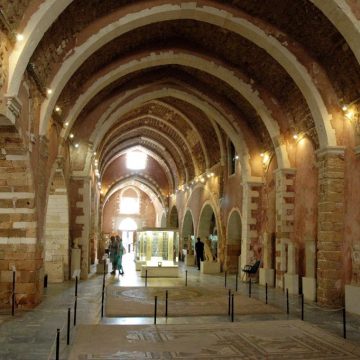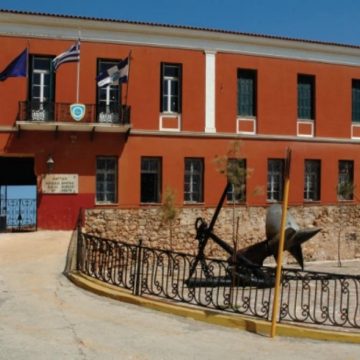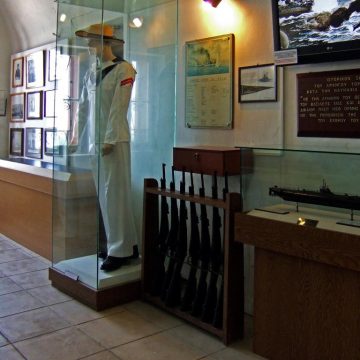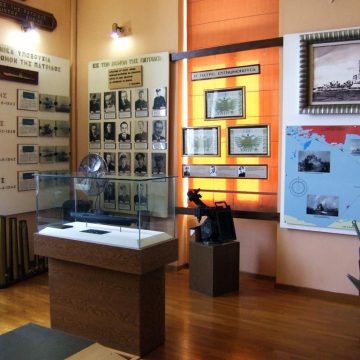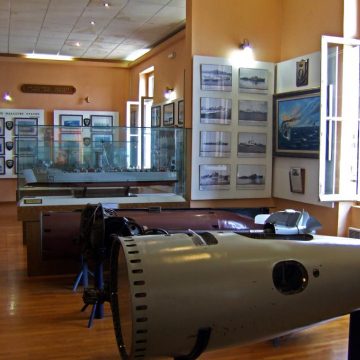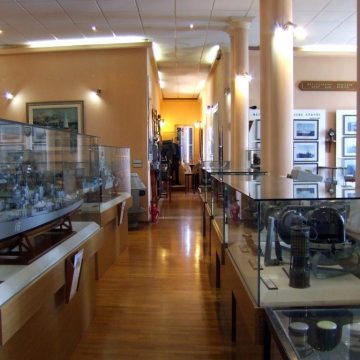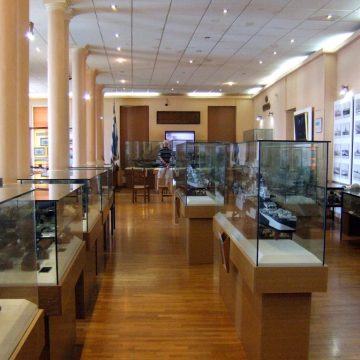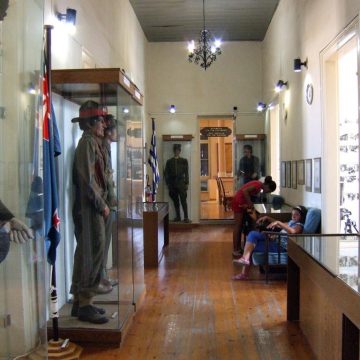History & Museums
History
The town of Chania is built on the site of the ancient Kidonia, one of the most important cities of Crete according to Homer. The surviving architectural remains of the city belong to large size buildings from the Mycenaean times. During the post Mycenaean times, the city flourished greatly and remained such until the Roman era, when August Caesar declared Kidonia an independent town. Many ancient towns and temples had been constructed in the region, such as the temple of Asklepios in Lissos. In 823 AC, the city was surrendered to the Sarakines and in 828 AC, it was destroyed like many Cretan cities.
In 961 AC, the Byzantines rebuilt the entire city using all the expendable material that was left from the ruins. To protect the city, they built a fortress around the hill, known as Kasteli. However, the town started declining, and from that period only some parts of the fortress walls survive to this day.
In 1204 AD, Chania was occupied by the Venetians who fortified the town around Kasteli fortress and restored the ruined city. During the four-century presence, Venetians built their catholic cathedral inside the castle and many elegant mansions. However, their strong fleet was soon attacked by the Genouates and they were defeated. As a result, they remained for some years in Chania but before they left the burned the whole town. The Venetians came back and rebuilt the entire city with a stronger wall around the city of Chania. The following years, Chania flourished greatly with the construction of many elegant buildings and houses according to the Venetian architecture.
This was a very prosperous period in the history of Chania, as it gave an impulse to trade and culture. Elegant mansions were constructed and the connection with Europe through Venice lead to the development of arts and literature. The famous painter Domenicos Theotokopoulos, also known as El Greco, was born that time.
In 1645, after two months of siege the town was surrendered to the Turks and the construction of the city changed as all Catholic churches were turned to mosques. After many battles and revolutionary acts from the inhabitants of Crete against the Turkish fleet the island was declared autonomous in 1897 and became the capital of the Cretan state.
In 1913, Crete was reunited with the rest of Greece after the many efforts of Eleftherios Venizelos, governor of Crete and later prime-minister of the country. The extensive damages from the constant attacks in Crete wiped out the traces of old periods in Chania. From the Mycenaean Kidonia only a few relics have been found from excavations and ceramic signs. Today, a large part of the old town of Chania has survived from the Venetian and Turkish period. The Venetian port and the historical alleys with the tall mansions in Chania give a nostalgic atmosphere. The history of Chania had a huge cultural impact in the life of the Cretans.
Chania in World War II: Chania Town was the center of much activity during World War II. In fact this charming town was forcibly occupied by the Germans during the second World War. Source: www.greeka.com
Archaeological Museum
The Archaeological Museum of Chania is located next to the Venetian harbor and is housed in the church of the old Venetian monastery of Agios Fragiskos (St Francis) of the Franciscans.
The exhibition is divided into two major sections. The eastern section hosts findings from the Neolithic until the Late Minoan period and the western part hosts objects from the Geometric period until Roman times. At each showcase objects are classified either according their location or object category. The collections include Minoan findings from the city and the prefecture of Chania, prehistoric findings from caves, tombs of the Geometric Era, historical findings from the city of Chania and from various other towns, coins, jewelry (prehistoric and historic Times), sculptures, inscriptions, columns, mosaics.
The Museum also hosts the collection of Mitsotakis family donated to the Archaeological Museum of Chania in 2000 and occupies three small rooms.
The monastery survives altered mainly during the Ottoman domination, but also in modern times. At the south side there was the double gallery with the monk cells and other buildings. Today the gallery is largely integrated into the houses and shops next to the entrance of modern Catholic Church. The north part of the church is marked on maps with a nice garden, similar to the current garden that operates since the operation of the temple as a mosque. On the eastern side of the monument still stands the base of the high bell tower.
During the Ottoman Era, the temple was converted into a mosque, the mosque of Yusuf Pasha. Then, the Turks added at the northwest side the minaret (today ruined) and an octagonal fountain in the courtyard. It was later used as a cinema, called Ideon Andron, and after the Second World War it was a military storehouse. The building was restored in the late 1970s.
Maritime Museum
At the entrance of the port of Chania is situated the Venetian Fortress Firkas, where on December 1st 1913, the Greek flag has been hoisted, sealing the union of Crete with the motherland Greece.
The Maritime Museum of Crete was founded in 1973 in order to accommodate and present Greek naval traditions, and especially those of Crete, which they constitute a part of the national glory. The Museum is the second maritime one in antiquity in Greece, after the Maritime Museum of Greece in Piraeus.
The exhibition is divided into 13 sections and covers two floors. Downstairs documents are exposed by the Union of Crete with Greece in 1913, while the first floor is dedicated to the Second World War to the present day and to the Battle of Crete. The permanent exhibition includes 2,500 exhibits such as relics, objects found in sea, paintings, maps, photographs, ship models, various nautical instruments etc.
Among the important exhibits of the museum is the room with the shells of all sizes and colors, the model of an Athenian trireme, the representation of the board of the ship of “Syros” that was designed by pictorial depictions on vases of that era, dioramas of the Persian Wars and the Peloponnesian War, models of ships that took part against the Turks, a model of the first submarine named “Dolphin” and more.
Do not forget to see the docks of the Venetian harbor, the representation of the Minoan ship “Minoa” of 16th-15th century BC that was launched in December 2003 and in 2004 made its maiden trip from Chania to Piraeus, accompanying the Olympic flame that was moved by the Athenian Trireme in the last part of the route, and boating events and celebrations of Naval Week.
